They belong in the lab, not the kitchen: Meet the food scientists fighting India's nutrition crisis
Fighting the stubborn stereotype of being called home cooks, these women are now recognised food scientists on a mission to combat hunger, food insecurity and ensure the health of patients in hospitals as clinical dietitians
By Safeena Wani and Sumayyah Qureshi
| Posted on May 7, 2025
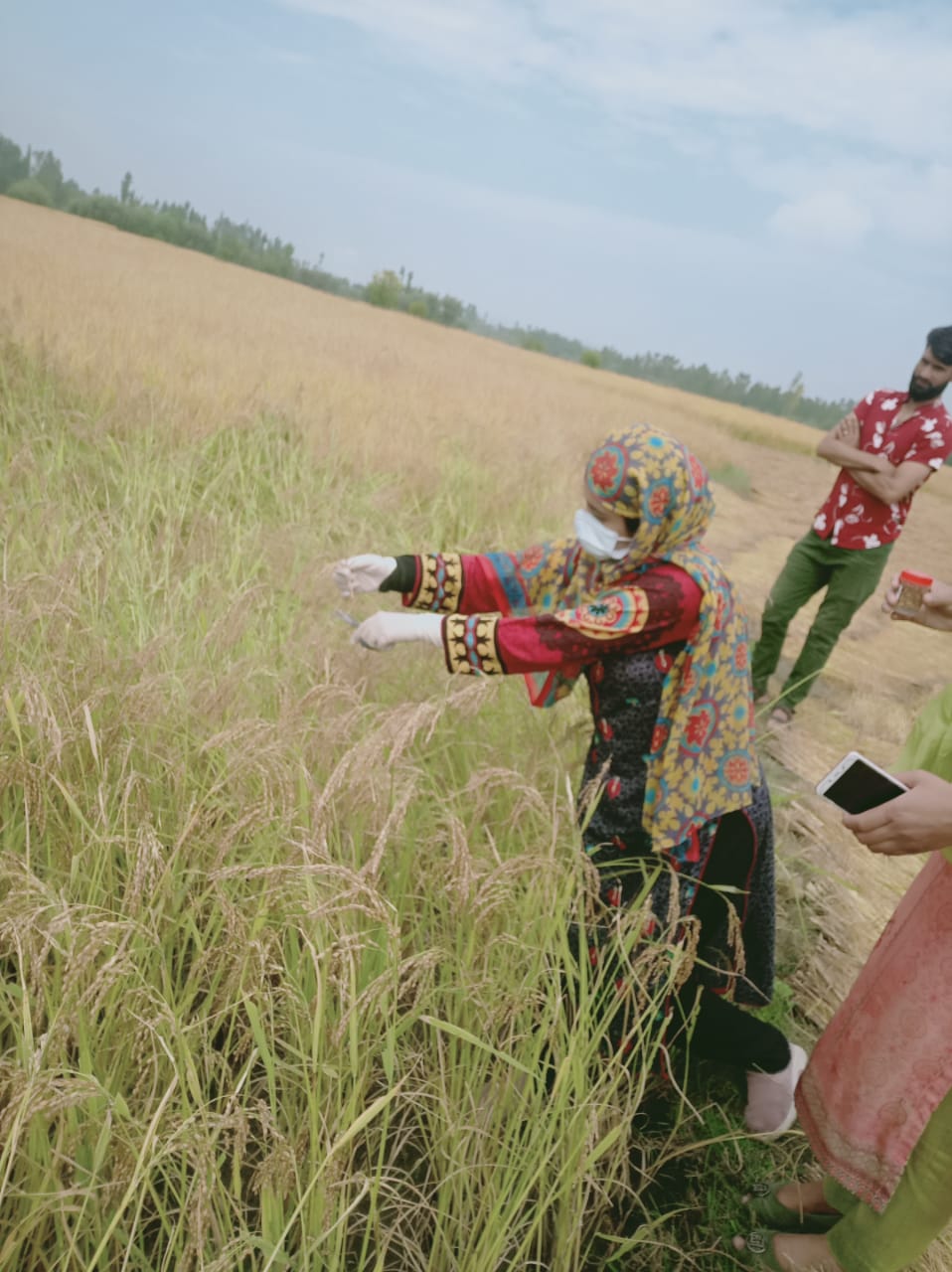
For many years, this bunch of nutrition scientists from across India were chided as home cooks, but now they are the food security warriors of the country, researching how the right foods can deal with diseases.
Asna Urooj (62), Professor and Chairperson in the Food Science and Nutrition Department of the University of Mysore, is working on the use of functional food components as adjuncts to manage nutrient needs in Polycystic Ovarian Disease (PCOD) and nutrition intervention impact on metabolic and clinical outcome in hypothyroidism.
Functional foods are disease-specific and are applicable for use by adults. “A need-based approach based on prevailing regional health and nutritional statuses of the population has been the key driver in this research. Pre-clinical studies identified conventional and unconventional foods as viable functional ingredients in formulating enteral/functional formulation for critically ill and patients of type 2 diabetes mellitus [T2DM], end-stage renal disease, chronic obstructive pulmonary disease, cancer and pancreatitis patients, and for sports personnel,” said Asna.

Asna Urooj says that in India’s growing food
market, there is a need for food scientists who do not mislead
the masses
Dietary modulation and lifestyle changes are the primary intervention measures being studied. Lifestyle, including sleep, smoking, diet and exercise, is closely related to thyroid function, especially thyroid homeostasis in subclinical hypothyroidism.
The research assesses and compares the physical activity level, body composition and oxidative stress in women with and without PCOD. It also examines whether physical activity and body composition affect oxidative stress in the cohorts.
“Clinical studies have established metabolic and clinical efficacy in respective target groups. Currently, formulations enriched with immune enhancers, antioxidants and bio-actives for chronic kidney disease, PCOD and T2DM are in progress,” said Asna, who earlier did her research in starch digestibility and its glycemic response.
Her role in creating awareness is significant in India’s growing fast food market, where ultra-processed foods high in fat, sugar, and salt content have increased non-communicable diseases such as diabetes, hypertension and obesity manifold. She is a regular on Facebook page
Impakt by KauseKonnect where she discusses health issues and nutrition. In fact, she is a part of a group of doctors and nutritionists proactively imparting awareness about healthy food choices on various social media platforms.
“India’s food market is growing tremendously and we need food scientists who do not mislead the masses,” added Asna. However, misconception rules here as well. “No course in food science across India teaches cooking. It is a huge misconception… Even home science has been confused with cooking, when it actually teaches about human development, food sciences, nutrition, clinical dietetics, and extension and communication,” she explained.
People with non-communicable diseases mainly follow the medicine and meals prescribed by a doctor. “Just as a nutritionist or dietician cannot prescribe medicine, doctors cannot prescribe a diet chart. There should be coordination between doctor and dietician in hospitals,” Asna said.
As per the Indian Council of Medical Research-ICMR around 61.8 percent of deaths occur in India annually due to non-communicable diseases. In 2023, the World Health Organisation– India Chapter, listed the growth of ultra-processed foods in India in five popular categories: chocolate and sugar confectionery, salty snacks, beverages, and readymade and convenience food. Overall, this sector grew at a compound annual growth rate of 13.37% in retail sales value between 2011 and 2021.
“Many products are being pumped into the market, but only those verified by food scientists should be cleared for consumption… Those sold with ‘organic’ tags are more dangerous. Food scientists definitely have a role to play here.”
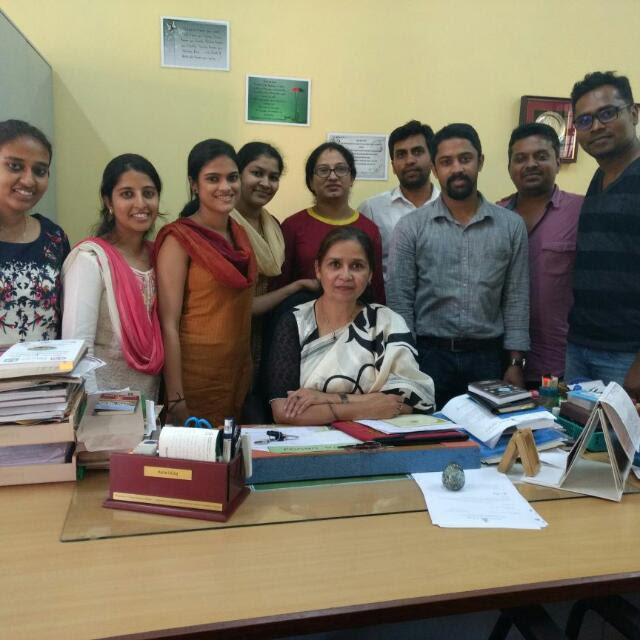
Asna with her research scholars at the University of Mysore
“Many farms do get licences that they are no longer using pesticides. However, there is no mechanism to check this claim, and once these products are ready for market with the ‘organic’ tag, chemical sprays are sprayed over them either by the farmer who sells it to the wholesaler or by the wholesale dealer before selling it to the end consumer to make them attractive and increase shelf life,” she alleged.
She also added that the food market is huge, so many units, factories and industries go unnoticed because of the lack of accountability and corruption in different government agencies. Many may not follow rules or may bend them for their own benefit.
Studying diets, food quality in hospitals
Dr Nyera Masoodi (48), Assistant Professor at the University of Kashmir, actively translated the science of food during her PhD research at Sher-i-Kashmir Institute of Medical Sciences (SKIMS) in Srinagar. “For my research, I collaborated with 19 hospitals in Srinagar and 10 hospitals in Delhi,” says Nyera.
“I took Delhi as a standard related to my research because dieticians there work and deal with patients in almost every hospital daily. They design the patient’s diet as per his or her disease.”
She said patients in Delhi hospitals were given a specialised diet as per their ailment and culture. But in Kashmir, only SKIMS Srinagar has a therapeutic department, where more than 10 dieticians work as general and specialised dieticians.

Qurazah Akeemu Amin’s research focuses on extending the shelf life of Kashmir’s Delicious apples
Nyera also worked on the food quality in other hospitals in Kashmir by doing microbial testing of food and water samples, nose swab samples of food service workers and samples from their hands. The results showed a lot of contamination in hospital kitchens because tap water is used for cooking. “Coliform bacteria presence was widely noticed in the analysed samples,” she said.
Some of her suggestions and guidelines in the concluding portion of her research were put to practice in some hospitals. “A dietician in SKIMS asked for the booklet and used the guidelines in the hospital,” she beamed.
Nyera noted that there are specialised diabetic diets based on foods with low, mid and high glycemic index, hypertensive diets called DASH (dietary alternatives to stop hypertension) and even diets based on one’s blood group.
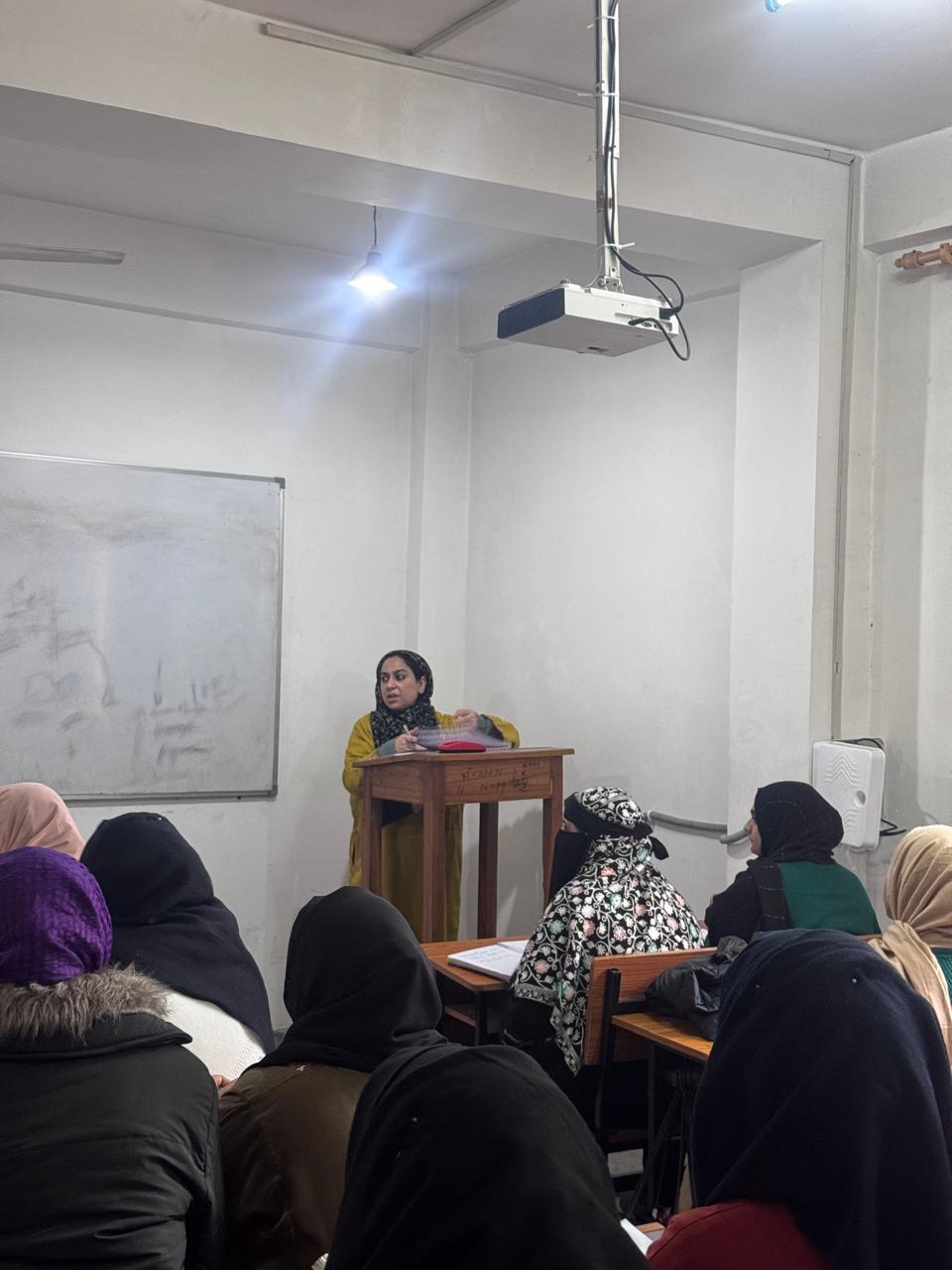
Cera with her students in Kashmir University; she contends that there are not enough opportunities for thousands of students who graduate as dieticians each year
While admitting that there are more women scientists in the field of nutrition and food science, Nyera underscored the need for dieticians in all hospitals, who can guide patients towards a healthy lifestyle. “A few private hospitals in Kashmir, which are over 10 years old, do have dieticians now. They counsel patients and tell them about diets, yet dietetics needs a lot of focus in Kashmir,” she said.
However, both Asna and Nyera rued that there were not enough opportunities for thousands of students who complete their degrees as dieticians every year. Moreover, young dieticians are paid only Rs 10,000 per month.
Ensuring food stability
India ranked 105 among the 127 countries on the Global Hunger Index in 2024, with 13.7% of its population classified as undernourished. On the other hand, India is self-sufficient in food production. According to the Asian Journal of Dairy and Food Research, India needs nutritional security rather than food security, when 14% of its population is undernourished and anaemic.
The National Family Health Survey-5 (NFHS-5) mentioned that around 57% of women in India between the age group of 15 and 49 suffer from anaemia. A study published by the Indian Council of Agriculture Research that lack of iron and zinc in food grains in India has led to malnutrition among the population. The Green Revolution in India has helped achieve sufficiency of high-yielding varieties, but that compromised the nutritional quality of minerals, largely in rice and wheat, India’s two staple crops.
At the Department of Food Science and Technology at the Sher-e-Kashmir University of Agricultural Sciences and Technology (SKUAST), Assistant Professor Dr Quraazah Akeemu Amin (42) has focused her research on extending the shelf life of golden delicious apples of Kashmir through the post-harvest application of 1-MCP (1-methylcyclopropene) and KMnO4 (potassium permanganate).
“Fruit growers in Kashmir want to make apples available during the off-season, spreading over several months. But the challenge is that climacteric fruits possess the ability to naturally produce ethylene, a hormone that accelerates the ripening process and decreases the shelf life of the fruit,” said Amin.
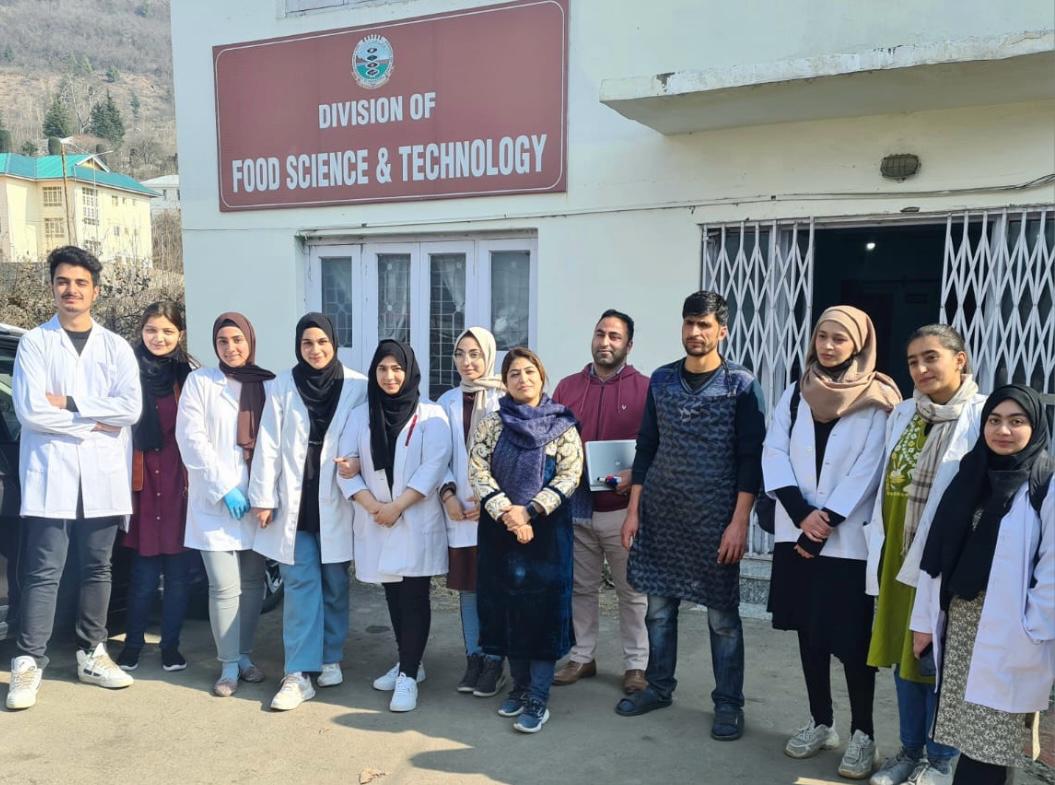
Qurazah Akeemu Amin with her students at SKAUST-Kashmir
“When we use 1-MCP, it competes with ethylene and controls its formation, thus delaying ripening. On the other hand, KMnO4 lowers ethylene levels through oxidation into carbon dioxide and water,” Qurazah said.
Explaining that there are bio-preservatives and the food sector has been adopting newer methods of processing that improve product safety, shelf life and nutritional content while maintaining the sensory attributes of the product, Qurazah said, “We are processing different food items with different methods. For example, we use Long Time High Temperature and High Temperature Short Time technologies. Novel preservation methods such as High Preservation Processing and Cold Plasma are gaining prominence,” she detailed.
With this advancement comes the demand from the public for more wholesome food, which is a major shift in contemporary food processing. “We are now drying the vegetables and fruits, particularly perishable items, through the method of ‘under the freeze dry’ with temperature going down to minus 80 degree C,” she says.
Quraazah said the common perception among people about her department was that it was just about fruits and vegetables, as they usually had little idea about the kind of research the department was doing.
Spreading the flavour
Dr Uffaq Faroq (31) from Srinagar is the only woman food scientist from Kashmir who has done research on flavour profiling and gene expression of indigenous rice varieties such as Mushk Budji.
Her research investigated the effects of altitude, soil nitrogen content and climatic conditions like temperature at various locations in Kashmir using gas chromatography-mass spectroscopy and electronic nose to ascertain the results of volatile aromatic compounds.
Around 35 aromatic compounds were found in eight samples of the Mushk Budji, a short-grain rice with a distinctive aroma. “It was a challenge for me to get the samples. The production of these crop varieties is not enough as the crop used to get damaged due to rice blast disease,” she added.
“The focus of my research was on its shelf-life as the aromatic rice cannot be stored for a longer period as it loses its aroma,” she added.
After the completion of her research, she has been approaching the farmers to help them understand the volatile aromatic compounds in the rice they grow, so that they would know how long it can be stored and what kind of packaging it needs. “This rice is grown at an altitude of 5,000 to 7,000 ft above sea level. I found at different locations, the aroma changed with altitude. Aroma is high in high altitude, so every compound needs different storing time and packaging,” she added.
As per the study done on Mushk Budji, the cultivation of this crop with medicinal value is confined to few pockets in Kashmir. Faroq recently received the Government of India Department of Biotechnology’s BioCare Fellowship, 2024-25, for Metabolomics analysis of Highland Himalayan rice fermented with medicinal fungi, with a grant amount of Rs 53 lakh. “This research will help me explore how to enhance nutritional properties for the functional food development by working on the bioavailability of essential nutrients and bioactive compounds in Mushk Budji,” she adds.
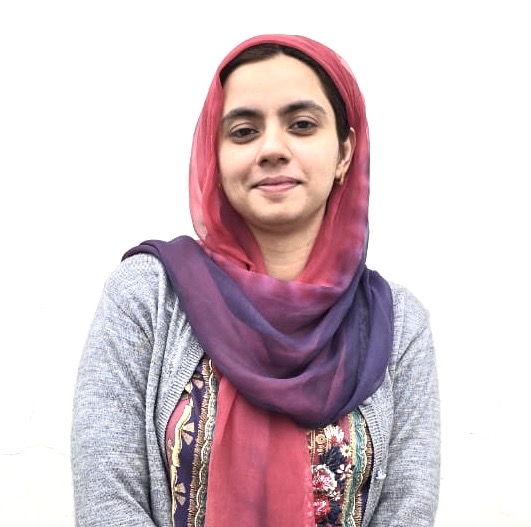
Uffaq Farooq has done research on flavour profiling and gene expression of indigenous rice varieties such as Mushk Budji
As per the study done on Mushk Budji, the cultivation of this crop with medicinal value is confined to few pockets in Kashmir. Faroq recently received the Government of India Department of Biotechnology’s BioCare Fellowship, 2024-25, for Metabolomics analysis of Highland Himalayan rice fermented with medicinal fungi, with a grant amount of Rs 53 lakh. “This research will help me explore how to enhance nutritional properties for the functional food development by working on the bioavailability of essential nutrients and bioactive compounds in Mushk Budji,” she adds.
About the authors

Safeena Wani is an independent journalist based in Jammu and Kashmir with experience reporting on development, gender, health, climate change and more. She has a Master’s Degree in Mass Communication and Journalism and has written for various publications including SCMP, The New Humanitarian, India Spend, Waging Non-Violence, 101Reporters and The Federal.
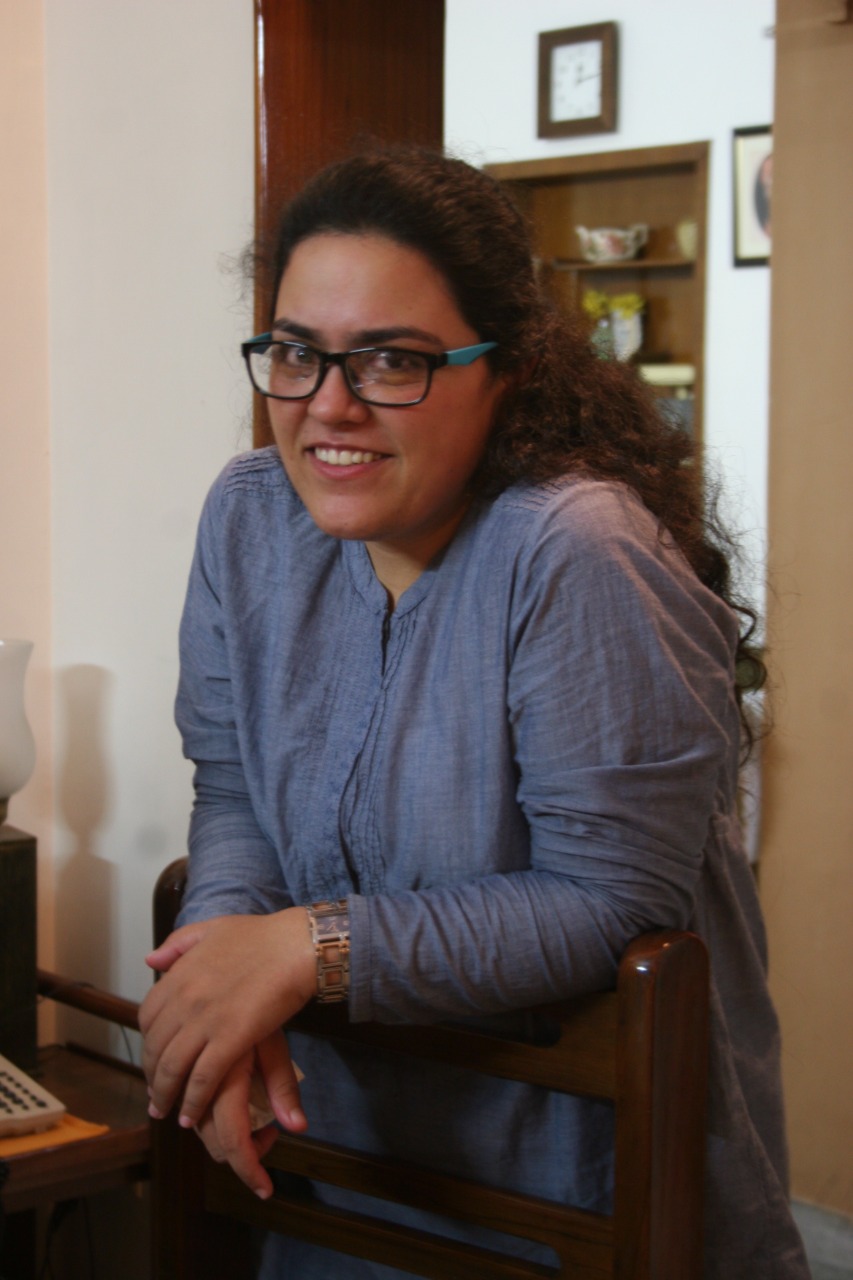
Sumayyah Qureshi is an independent journalist based in Jammu and Kashmir. She is a Mass Communication and Media Studies graduate and had spent time at the desk before turning to reporting.

Add a Comment